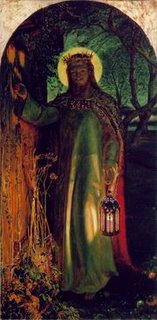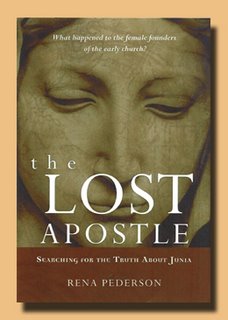
Yesterday I attended a turkey dinner beautifully prepared by a group from St. Paul's. They fed the regular participants of a drop-in centre. There are several group homes in Bowmanville for those living with mental health issues. The drop-in is an oasis of caring for people who have been pushed to the margins of our society.
Our folk include the drop-in gang at a dinner they put on once a month at the church for seniors. For the past few months they have set another table so that the drop-in group can enjoy a nourishing meal and a caring atmosphere.
Yesterday I said the blessing, but the true grace of Christ came through the hands that prepared the meal. I was deeply touched by their commitment.
And the people who were the recipients were gracious themselves, welcoming us warmly and thanking us profusely.
They say that the shepherds who first heard about Christ's birth were on the margins of their culture, among the lowly of first century society.
I'm grateful for this Christmas reminder.








